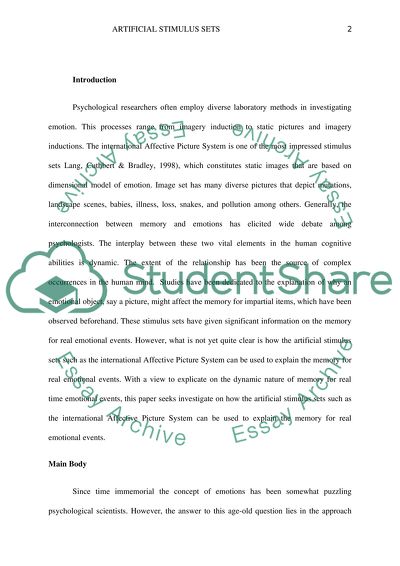Cite this document
(“Artificial Stimulus Sets and Memory for Real Emotional Events Essay”, n.d.)
Retrieved from https://studentshare.org/psychology/1477213-what-can-artificial-stimulus-sets-such-as-the
Retrieved from https://studentshare.org/psychology/1477213-what-can-artificial-stimulus-sets-such-as-the
(Artificial Stimulus Sets and Memory for Real Emotional Events Essay)
https://studentshare.org/psychology/1477213-what-can-artificial-stimulus-sets-such-as-the.
https://studentshare.org/psychology/1477213-what-can-artificial-stimulus-sets-such-as-the.
“Artificial Stimulus Sets and Memory for Real Emotional Events Essay”, n.d. https://studentshare.org/psychology/1477213-what-can-artificial-stimulus-sets-such-as-the.


